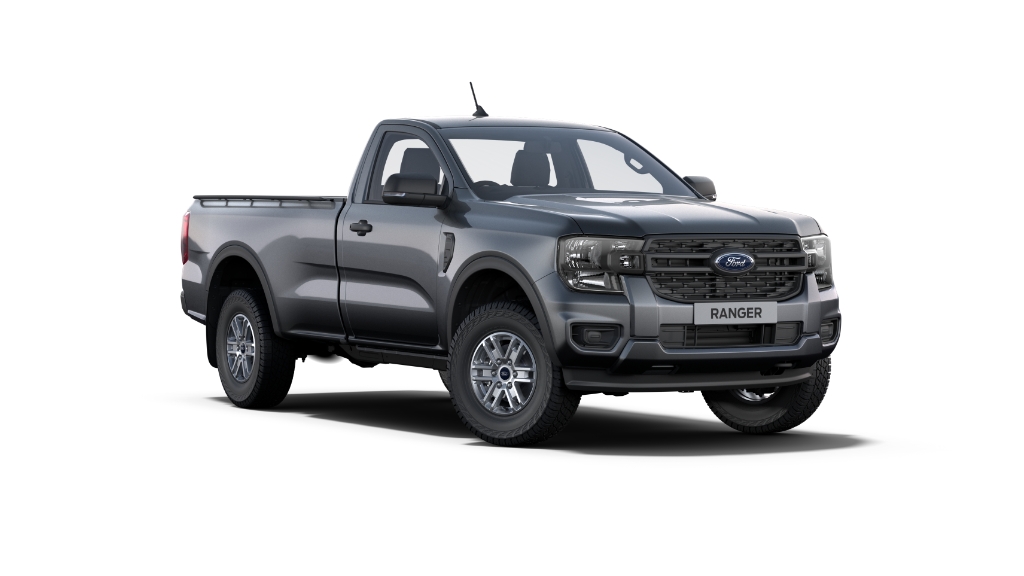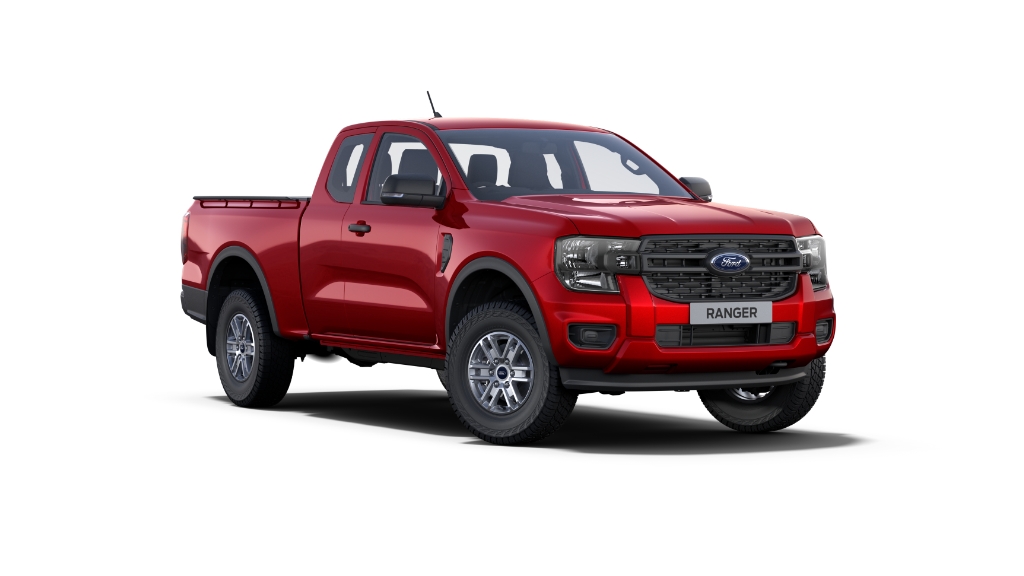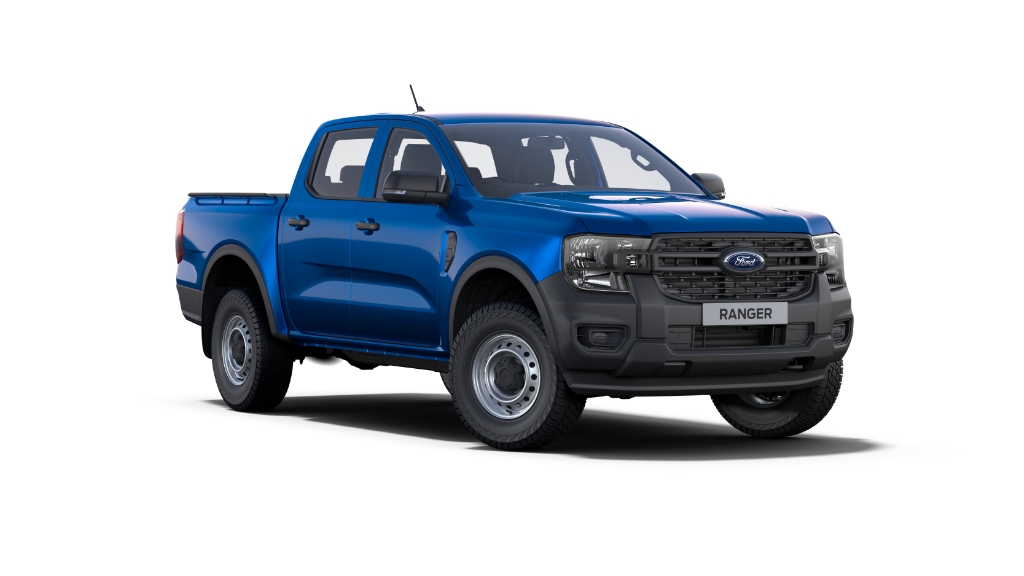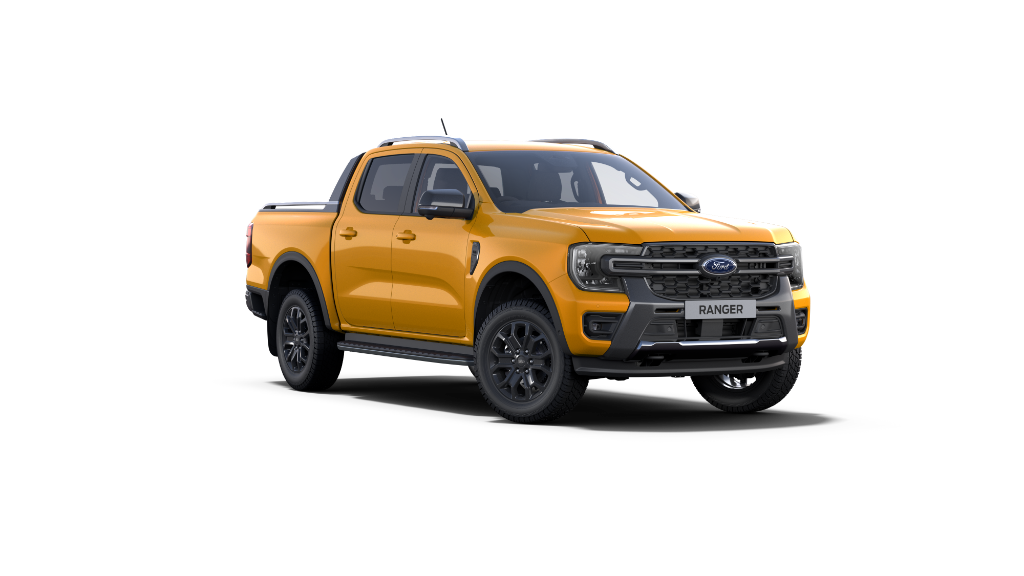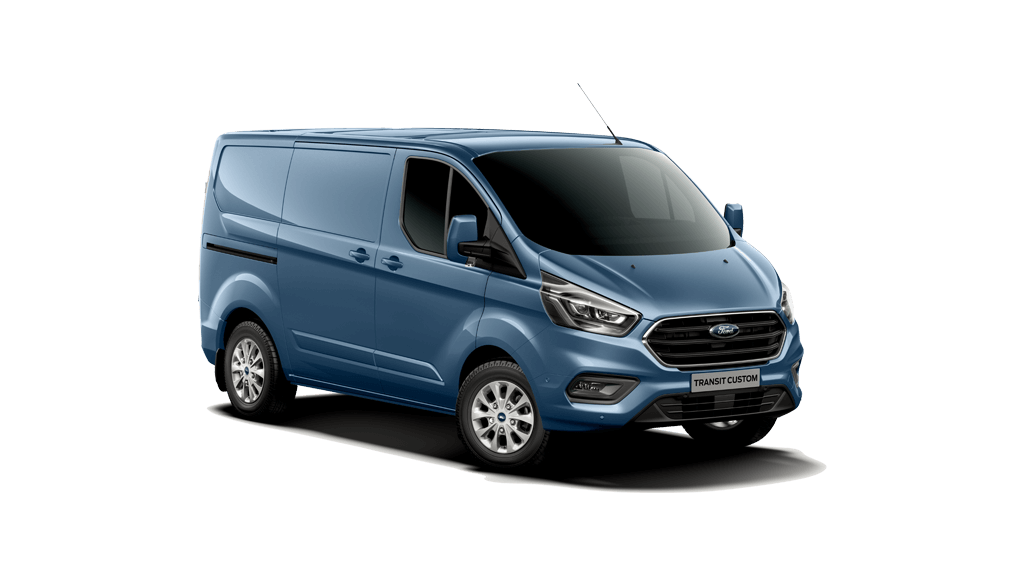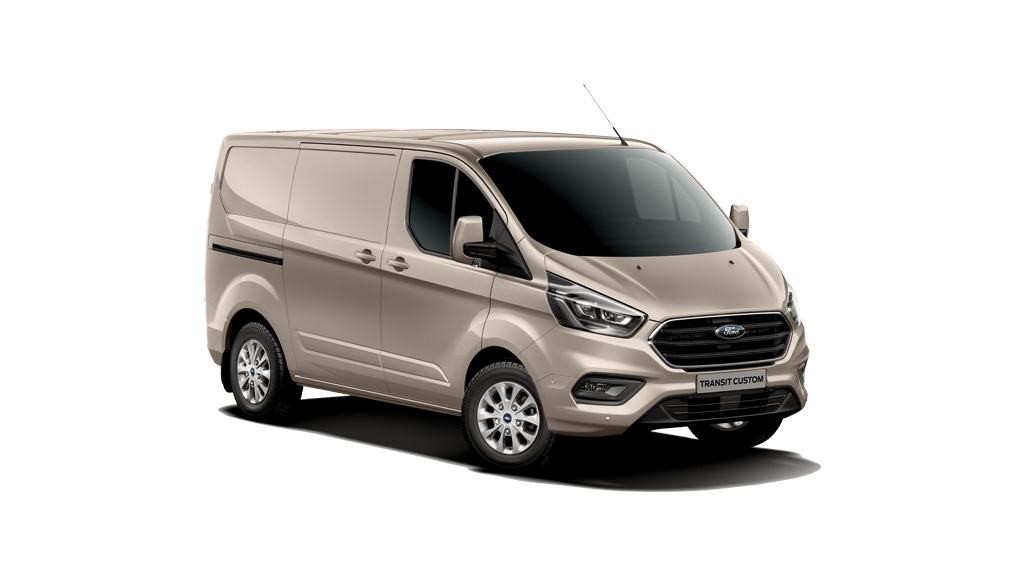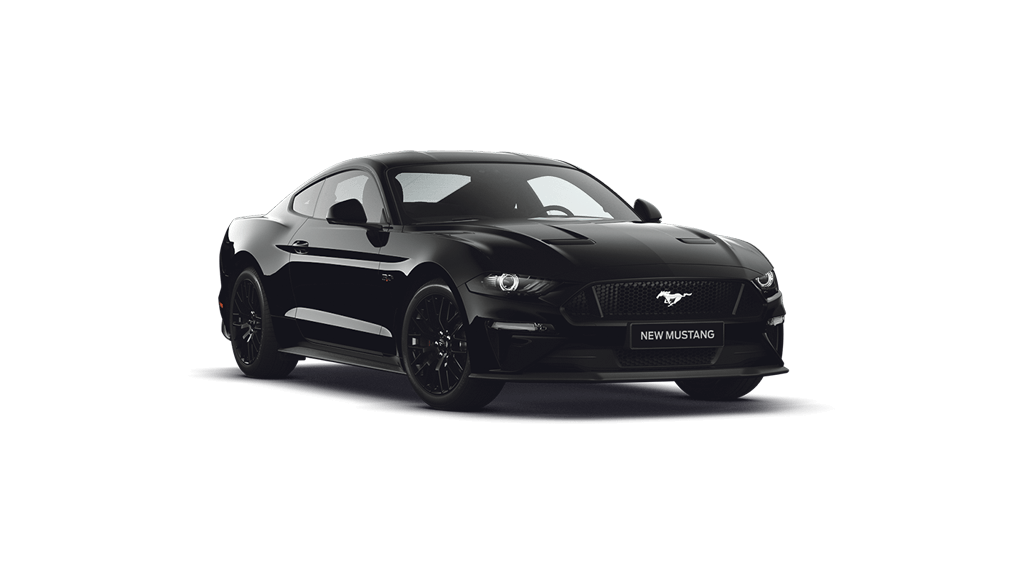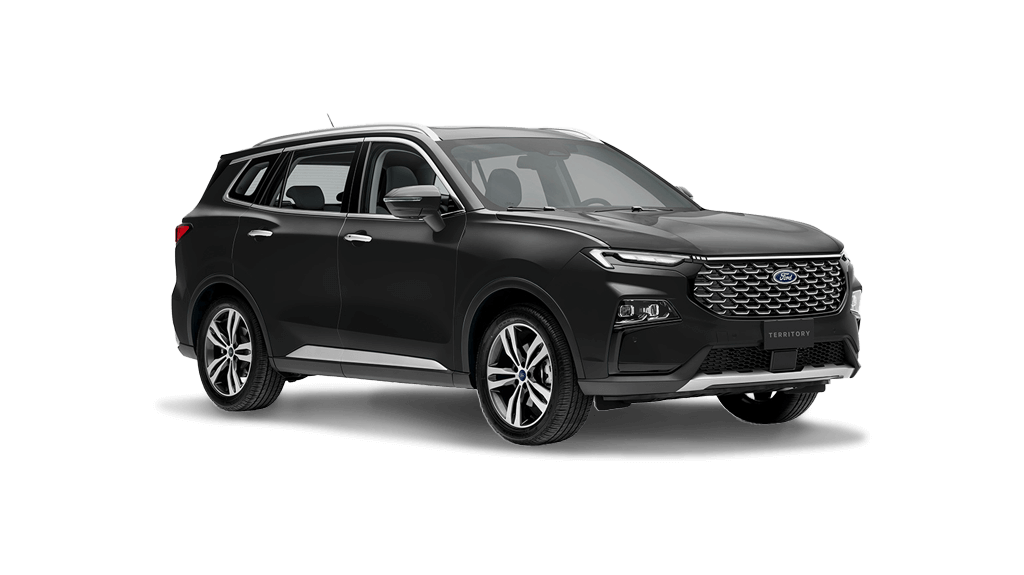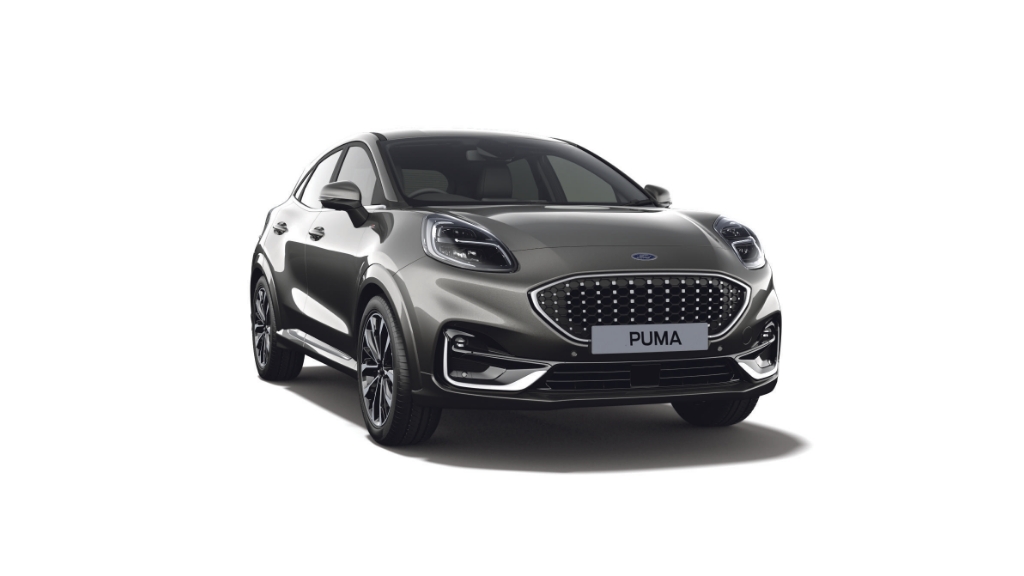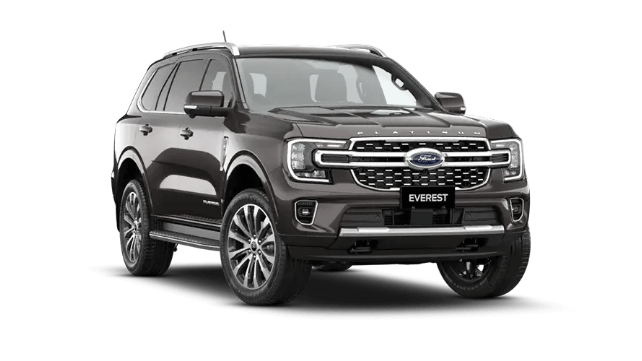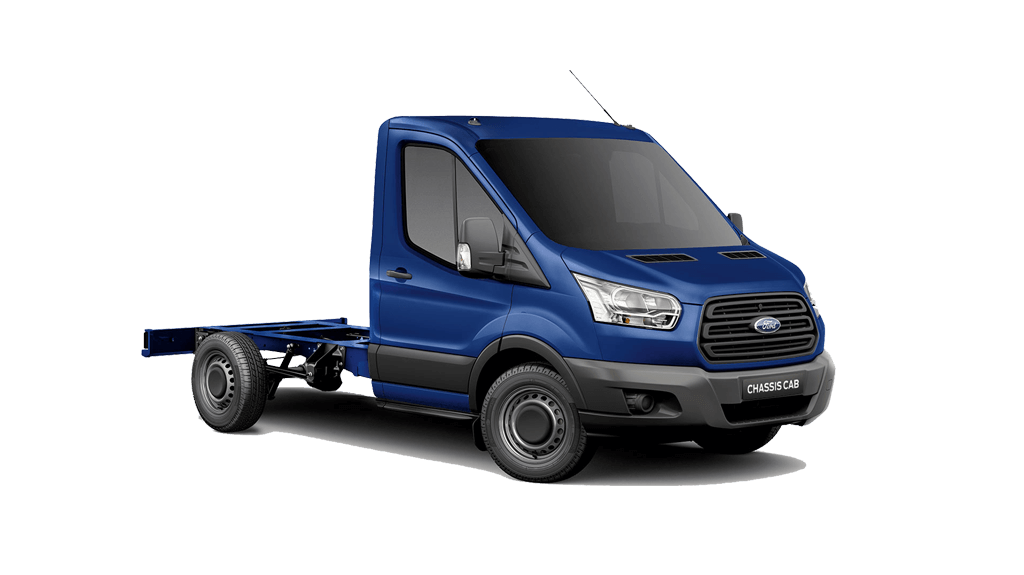Ford news
Virtual to Reality: How Ford Turns Data Into the Vehicle on Your Driveway
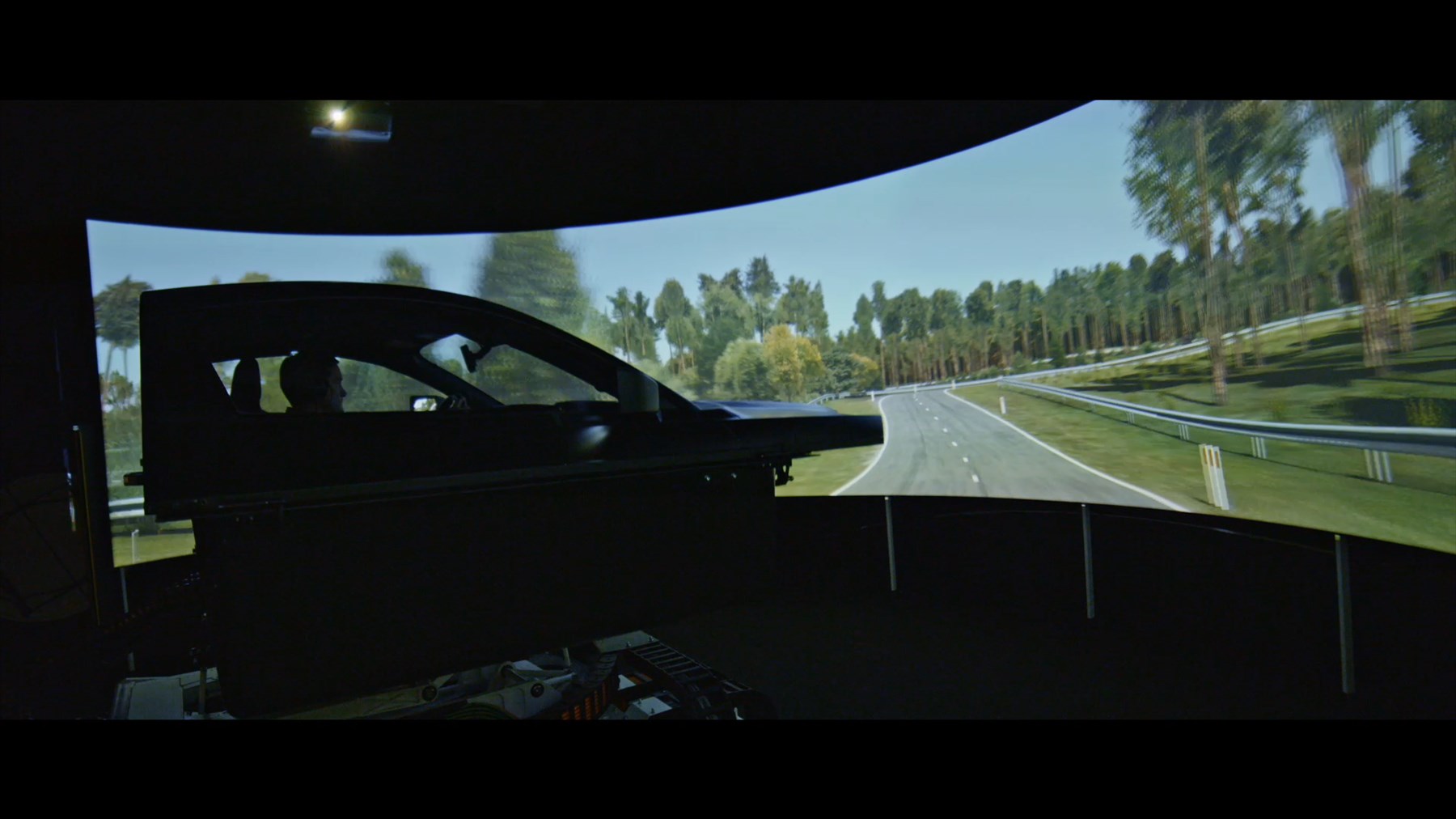
Virtual to Reality: How Ford Turns Data Into the Vehicle on Your Driveway
- Ford’s investment in simulations and simulators around the world has been revolutionizing the way they have been developing vehicles in recent years
- The South African built Ford Ranger was designed and developed in Australia with a multitude of configurations on offer globally
- The simulation model reduces development time and cost while also allowing for improved quality due to the ease with which problems can be pinpointed
PRETORIA, SOUTH AFRICA, 10 November 2020 – With an ever-evolving list of expectations by customers, how does Ford keep a model line-up, like Ranger, up to date with the latest technology and safety features without compromising quality, safety and durability? Ford’s investment in simulations and simulators around the world has been revolutionizing the way they have been developing vehicles in recent years.
How are Simulations Made?
Ford’s aspiration of being the car company that leverages its ability in big data collection to deliver increased benefits to customers has played into vehicle development’s favour, especially in the field of simulation. Years of data which has been gathered through various vehicle testing programs create a solid foundation for Ford’s simulations. Before this data is used in simulations it goes through numerous correlation tests, which analyses the accuracy of the simulated information in comparison to real-world data. Only when the analytical capability is achieved, the building of simulations can start, and a simulator can be built.
From the first 3D designs, to physical prototypes and finally to production, every Ford needs to pass a strict inspection by key engineers, called a judgement gateway before being able to move through the vehicle development process. One of these judgement gateways is called the Final Design Judgement Gateway (FDJ), where lead engineers sign off on the different improvements made on prototype vehicles. With the addition of simulation in the product development process, FDJ is also used for confirming the Computer Aided Engineering (CAE) modelling, ensuring that Ford is comfortable with the results the simulation is producing for various scenario tests.
The Vehicle Dynamics team led by David Perks in Australia fully utilizes simulations by using Computer Aided Engineering (CAE) as a mock-up of a real-world vehicle to better understand how it will behave in certain conditions.
“An example of the crossover from simulation to reality is the ride of the Ford Ranger,” shares Perks. “Its simulation should be able to define parts and give us the confidence that the parts will perform as they should.”
Drive Anywhere in the World
Simulators have the unique ability to give you the full driving experience, without risking your safety or the possibility of crashing an expensive prototype. The simulator recreates your driving environment, and provides you with vehicle dynamics, sound and in the future, Advanced Driver Assist Systems (ADAS) feedback in relation to the vehicle’s behaviour. ADAS are electronic aids which uses cameras and radar on the vehicle to assist the driver in safely operating the vehicle.
Ford’s Co-pilot 360™ offers the latest in ADAS technologies with Lane-Keeping System, Blind Spot Information System, Automatic Emergency Braking with Pedestrian Detecting and Adaptive Cruise Control. These are not fully autonomous systems, but assistants that adapt to the driving situation to enhance the vehicle’s safety systems. Being able to simulate situations where ADAS can be tuned to create a safer driving environment will benefit not just Ford drivers but all drivers nearby, too.
These simulators can’t just be bought in your local electronics store. They were specifically designed to give the highest fidelity and the finest details of feedback through the steering and pedal feel. The amount of detail that needs to be processed in Ford’s simulator is immense compared to a racing simulation game, requiring special computers to power and analyse the simulation environment. Simulators within Ford are so detailed that NASCAR teams utilize the simulator in the Ford Performance Proving Grounds to help develop their race cars.
“The simulator gives us a better understanding of what the vehicle will be like when we produce a physical prototype. Since we have accurate data during the start of vehicle development, we can expect a better end product for our customers.,” says Perks
How does the Simulations and Simulator Translate to Passenger Vehicles?
The Vehicle Dynamics team starts work on simulator models once the customer’s wants and needs are clearly defined. Instead of going out and building a prototype, they input the data into different simulations.
The Ranger’s success in South Africa and numerous markets that South Africa supplies around the world reflects the exceptional work done by Ford in developing a vehicle that suits a multitude of different environments and applications.
Simulators drastically cut down the time and cost it takes to develop a vehicle. It also adds robust-ness and overall performance improvements to the vehicles. Safety features can be rolled out quicker to make vehicles as safe as possible using the latest technology.
ADAS has been evolving quickly and the simulator gives Perks and his team the ability to properly tune new systems, so they interact naturally and best suit driver styles. It is important that the ADAS will always give the customers the confidence it is keeping them safe while the systems are on.
For overall quality, simulations give the engineers the ability to see how systems interact with each other to identify problems.
“In a simulation model we can make measurements quickly and understand how components and systems interact and identify what is causing problem. Our team used analytical simulations to introduce hydro engine mounts to decrease harsh vibrations from the engines of the Ranger and Everest in 2015. This was based off previous data analysis that we have done,” shared Perks.
The Challenge
The ability to analyse information is a great advantage of running simulations. The Ranger has about 700 configurations of powertrain, driveline, cab style. In South Africa the Ranger nameplate spans 33 derivatives with the new Ranger Thunder being the latest addition launched this year. It would be impossible for an engineer to able to sit in every configuration and drive it. Simulation will make sure each configuration will have the correct setting. These analytical tools let Ford’s engineers do the most consistent job at the highest quality when looking across the entirety of the Ranger products.
Though the simulator also has room for improvement. Simulations like steering feel heavily rely on the perception of the driver. To achieve the goal of the best feel, physical tuning is still required. Also, creating models of certain road surfaces that are everchanging, like sand, still is a challenge. Physical prototypes are still needed to ensure the accuracy of the data which the simulator is producing.
The ideal vision of the Vehicle Dynamics team is running just simulations to develop vehicles that meet the criteria our customers would ever want. But that is a dynamic environment, with customer wants, and needs ever evolving and that’s why Ford’s products in the market are also ever evolving.
Read the latest news from Ford South Africa by visiting the Newsroom:
https://www.ford.co.za/about-ford/newsroom/
Original article and image as supplied by QuickPic

